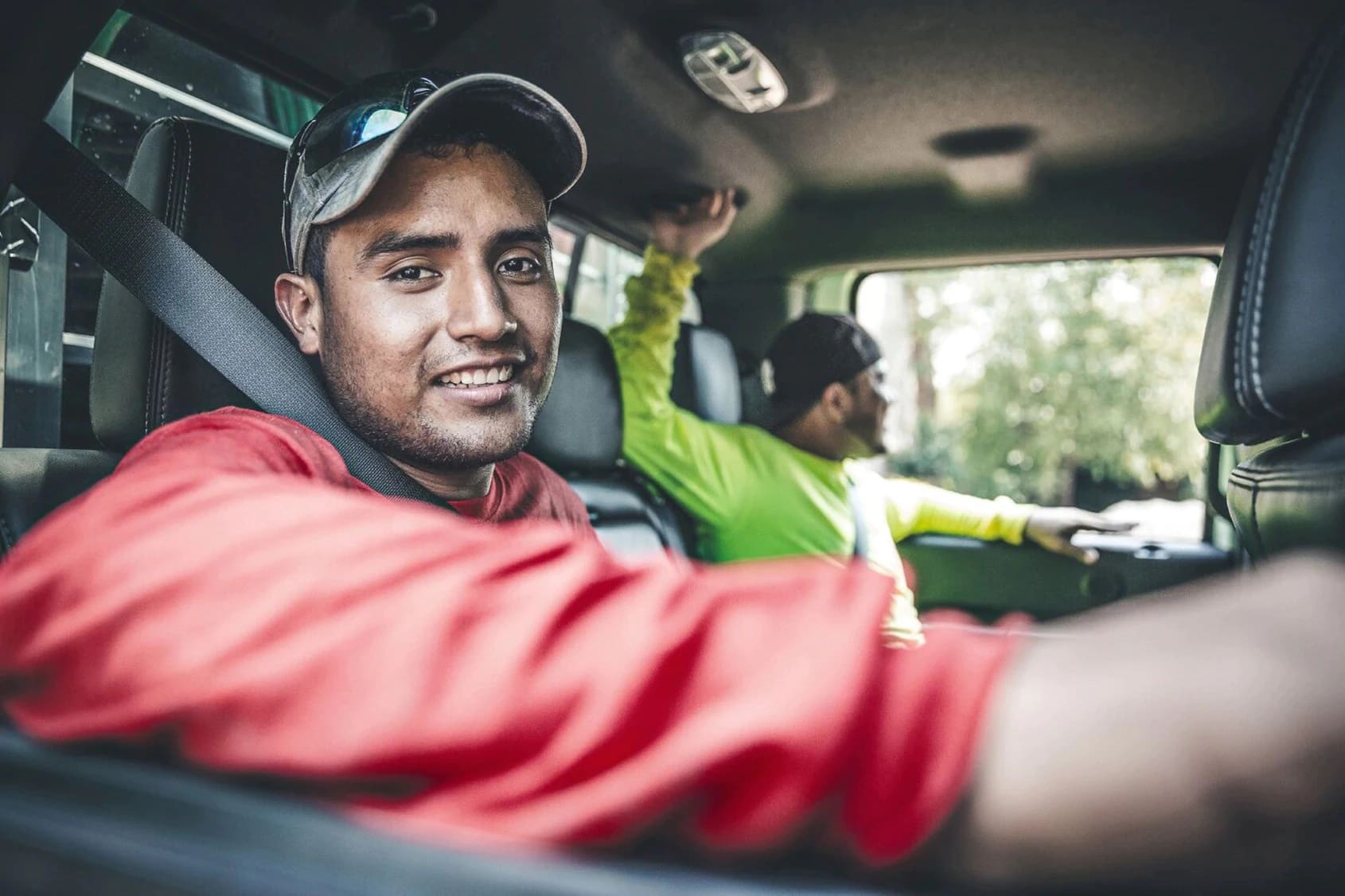
As a lawn or landscape company, you have crews leaving your headquarters every day driving to various jobsites. While simply towing a trailer has its own set of risks, distracted driving increases the likelihood of an accident occurring.
“A distracted driver is much more likely to be involved in an accident than one who is not,” says Landrum Ellis, SiteOne Landscape Supply safety manager. “Additionally, distracted drivers are more likely to be involved in a serious accident. Texting is the most alarming distraction. Sending or reading a text takes your eyes off the road for five seconds. At 55 mph, that’s like driving the length of an entire football field with your eyes closed. This means that they or others involved may be injured or even killed.”
According to the National Safety Council, at least eight people a day are killed in distracted driving crashes. Not only is the distracted driver at risk but also other drivers, pedestrians, bicyclists and workers.
April marks Distracted Driving Awareness Month, so here are some of the overlooked causes of distraction and how to reduce distracted driving at your company.
What Counts as Distracted Driving
Distracted driving is commonly thought of as just texting and driving, but it can be anything that requires your hands, your eyes or your attention while you’re driving.
“Distracted driving is a problem nowadays because there are so many items that can distract a driver and increase the chance of a motor vehicle crash,” Ellis says. “Texting, talking on phones, tablets, digital billboards, adjusting music volume and channels, eating while driving and road construction are all examples of distractions that affect our drivers on a daily basis.”
When driving, adjust all of your settings, including your GPS, heating and cooling system, radio or other music-playing devices, before you begin moving. If you have a passenger in the vehicle, have them handle these controls and answer any texts or calls you receive.
Reducing Distracted Driving
Just like any other safety matter, have a policy that sets clear expectations and ensure your team is aware of that policy and the consequences from day one. Ellis says it’s important to hold employees accountable when they violate the policy and be consistent with disciplinary action. He says a successful policy not only disciplines bad behavior but rewards good behavior.
“Associates want to be recognized when they are doing the right thing,” Ellis says. “Those who violate policy need to be held accountable so everyone understands that bad behavior will not be tolerated.”
Some of the ways to help change habits are to utilize cameras that face inside the cab of the vehicle to ensure no cell phone use or utilize an app like TRUCE that limits cell phone capabilities when in a vehicle with a beacon. Setting the phone on Do Not Disturb is another way to remove the distraction and temptation of checking notifications.
It is also important your team understands that driver safety comes before answering calls or messages. Because your team members are frequently traveling from one place to another, they may feel obligated to answer any texts, emails or calls they receive on their work phone while driving.
In a survey commissioned by The Travelers Cos., 43 percent of workers answer work calls, texts and emails while driving because it might be a work-related emergency. Another 39 percent feel they always need to be available, and 19 percent believe ignoring a call will upset their supervisor.
“We encourage our drivers to find a safe area, and to get off the road before returning or making calls,” Ellis says. “Drivers can also wait until they get to their destination to use their electronic device. This may take a few extra minutes, but it’s more important than putting themselves at risk.”
Ellis argues that even when you are using a hands-free device, talking on a cell phone while driving is a distraction. Passengers can also help reduce distracted driving by speaking up if they feel the driver is distracted or doing something unsafe.
87 percent of the survey respondents said they’d be more likely to end a call if the passenger said something.

